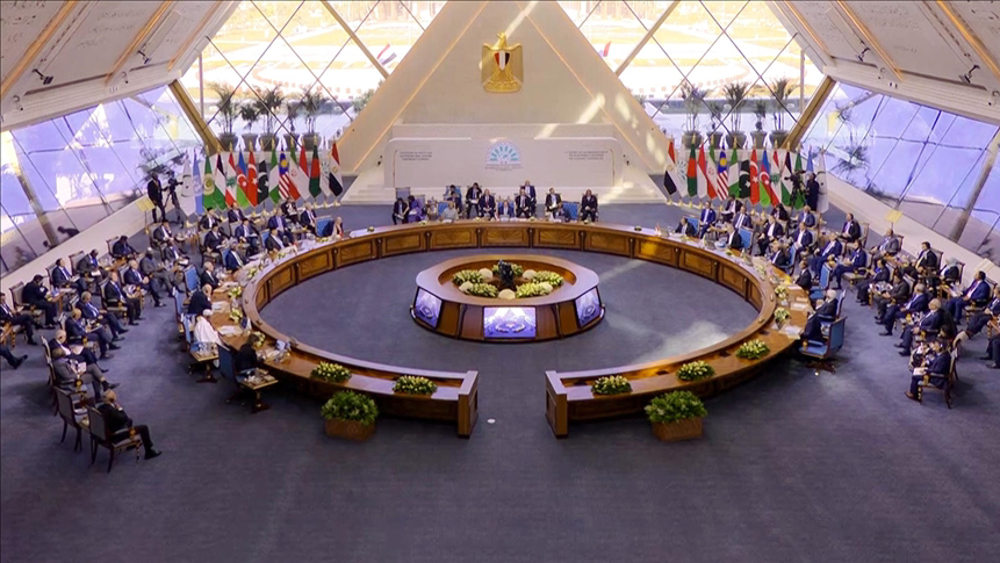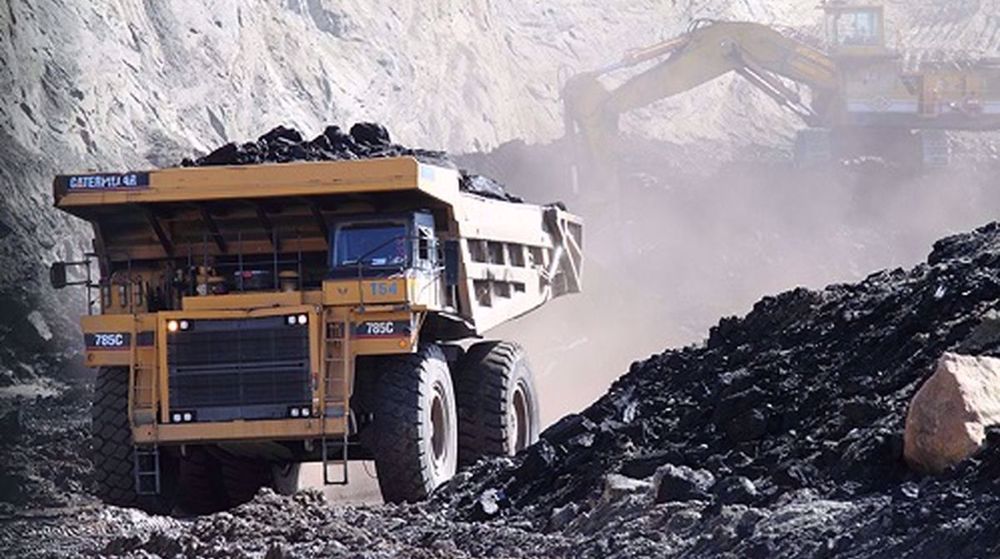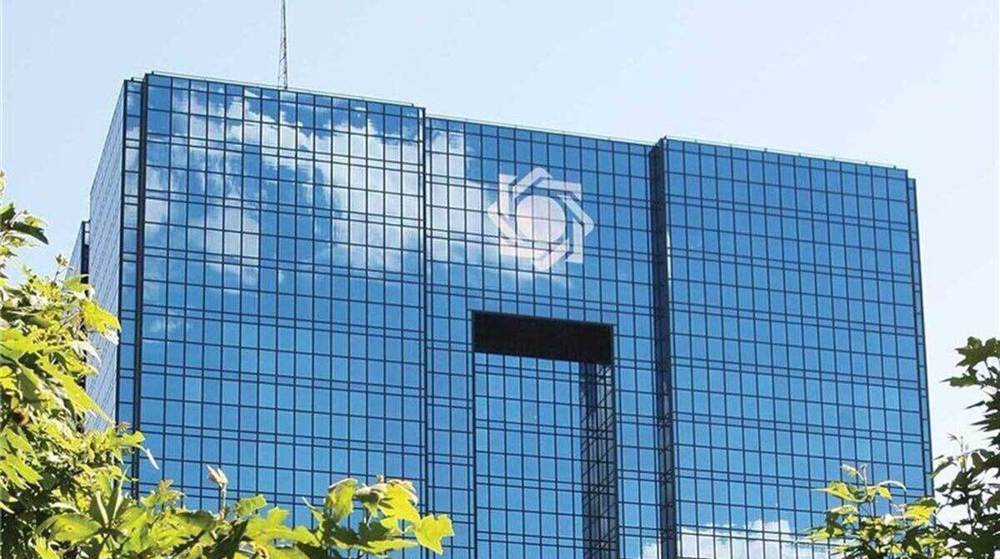Iran plans massive railway expansion
Iran wants to splurge up to $8 billion over the next six years to revamp and expand its railway network, Minister of Industry, Mine and Trade Mohammad Reza Netmatzadeh said.
There are plans to stretch out the nationwide railroad line to 25,000 kilometers by 2025 from under 15,000 kilometers now.
Netmatzadeh said there was need for $1.5 billion of annual investment in the next six years as part of the country’s vision plan.
“My advice is that building 25,000 kilometers of rail and expanding passenger and cargo transit is achievable,” he said.
Iran currently has two contracts with France’s rail transport company Alstom and Germany’s Siemens to build locomotives, Nematzadeh said.
The country itself has a sizable capacity for construction of railroad cars. The minister said Iran can produce five passenger train coaches and 3,000 freight wagons as well as 50-60 locomotives a year.
Much of Iran's transportation is road-based marked by a high accident rate and death toll. According to a 2012 report by the World Health Organization, Iran has the highest number of car accidents in the world in which more than 20,000 people are killed every year.
The country is also struggling to catch up with a runaway urbanization which has generated daunting challenges both for the state planners and the populace.
Tehran, a city of 12 million, is bursting apart not only from its rising population of residents but its cars, many of which are falling into dilapidated conditions.
The Iranian capital and most of other major cities are usually blanketed in a pall of smog for much of the year.
The metropolis is aggressively developing a mass-transit system in which metro transportation plays a vital role, winning the city the 2001 Sustainable Transport Award.

Currently, Tehran has more than 150 km of metro rail which ferries 2 million commuters every day. The network is being expanded and expected to reach 400 km when it is complete.
Iran is a vast country, with a territory more than 1.6 million square kilometers. It is bounded by the Caspian Sea in the north and the Persian Gulf in the south which are linked through the famous Trans-Iranian Railway.
The line is famous for being used by the Anglo-Soviet occupiers in 1940s to ship arms supplies during World War II.
Iran's transportation roadmap, however, was formulated to establish an automotive industry with the British Hillman Hunter leaving an indelible mark which resulted in an overabundance of cars.
It also led to the creation of a massive road artery which snakes through every corner, destroying or jeopardizing many invaluable floral and fauna reserves.
Iran is known to have established the world’s most ancient transportation system. The Persian Royal Road in the 5th century BC stretched over 2,400 kilometers which spanned the entire territory under the Achaemenid empire.
The country was also home to one of the world’s first urban centers in Susa more than 6,400 years ago.
HB/HB
VIDEO | Public uproar in US against Israeli regime
‘Ghost town’: 70% of Jabalia buildings destroyed by Israel
Mother’s Day: Sareh Javanmardi’s inspiring journey as Paralympic champion and mother
Russia downs over 40 Ukrainian drones as Putin vows 'destruction' on Kiev
VIDEO | Yemen: A bone in Israeli neck
D-8’s role in Iran’s economy after Cairo summit
China slams US as ‘war-addicted’ threat to global security
China ‘firmly opposes’ US military aid to Taiwan










 This makes it easy to access the Press TV website
This makes it easy to access the Press TV website